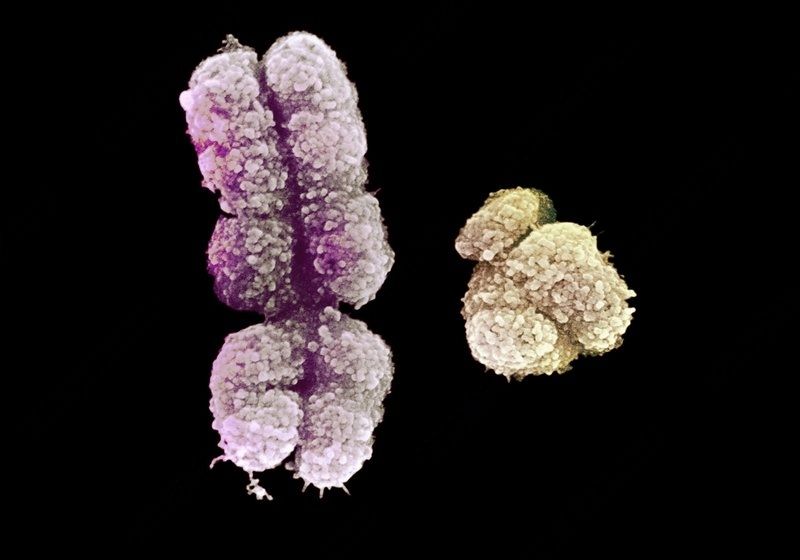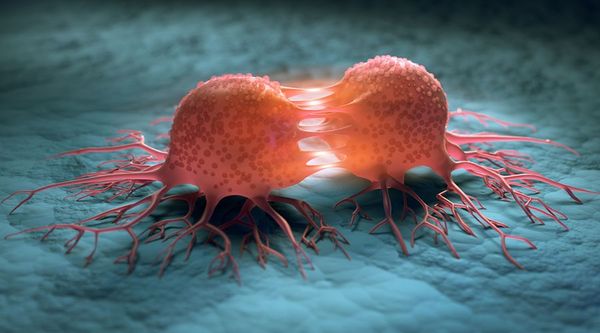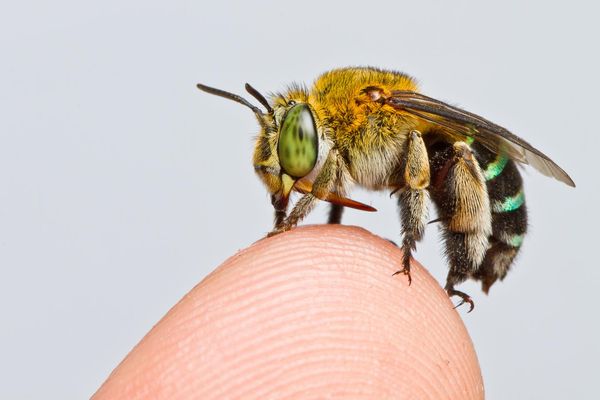Complete Y Chromosome Sequence Finally Revealed!
:max_bytes(150000):strip_icc()/sister_chromatids-56a09b795f9b58eba4b2062f.jpg)
Sequencing the Y chromosome has been a long-standing challenge due to its intricate repetitive structure. The Y chromosome's significance in sexual development is well-established, but recent studies suggest its involvement in areas like cancer risk and severity, adding complexity to its biological impact.
The Y chromosome, notorious for its complex repeat structure including long palindromes, tandem repeats, and segmental duplications, has proven exceedingly difficult to sequence and assemble. These challenges have long hindered comprehensive analysis. However, recent strides in sequencing technologies and assembly methods have led to a breakthrough. The Telomere-to-Telomere (T2T) consortium has successfully unveiled the full sequence of the Y chromosome, culminating in a comprehensive 62,460,029-base-pair sequence derived from the HG002 genome (T2T-Y).
The intricate organization of repetitive sequences within the Y chromosome was a notable challenge. However, innovative sequencing methods and advanced assembly techniques enabled the T2T consortium to reveal a structured pattern within these repeats. The newfound understanding of the Y chromosome's composition offers potential targets for therapeutic interventions, particularly in the context of genes linked to sperm production and reproduction.
The T2T consortium's achievement rectifies multiple errors present in the GRCh38-Y sequence and significantly supplements the reference with over 30 million base pairs of additional sequence. This comprehensive analysis unveils the complete ampliconic structures of gene families such as TSPY, DAZ, and RBMY. Notably, it introduces 41 new protein-coding genes, primarily from the TSPY family, and elucidates an alternating pattern of human satellite 1 and 3 blocks within the heterochromatic Yq12 region.
The Y chromosome's complexity arises from its intricate array of long palindromes, tandem repeats, and segmental duplications. These features have made sequencing and assembling it a formidable task, resulting in over 50% of the Y chromosome being absent from the GRCh38 reference sequence. As a consequence, the Y chromosome has remained the final human chromosome to be accurately completed.
The integration of the T2T-Y sequence with the CHM13 genome assembly, along with the incorporation of population variation, clinical variants, and functional genomics data, culminates in a comprehensive reference sequence for all 24 human chromosomes. This achievement not only satisfies a longstanding gap in our genomic understanding but also opens avenues for exploring genetic variations and their implications for human traits and diseases.





